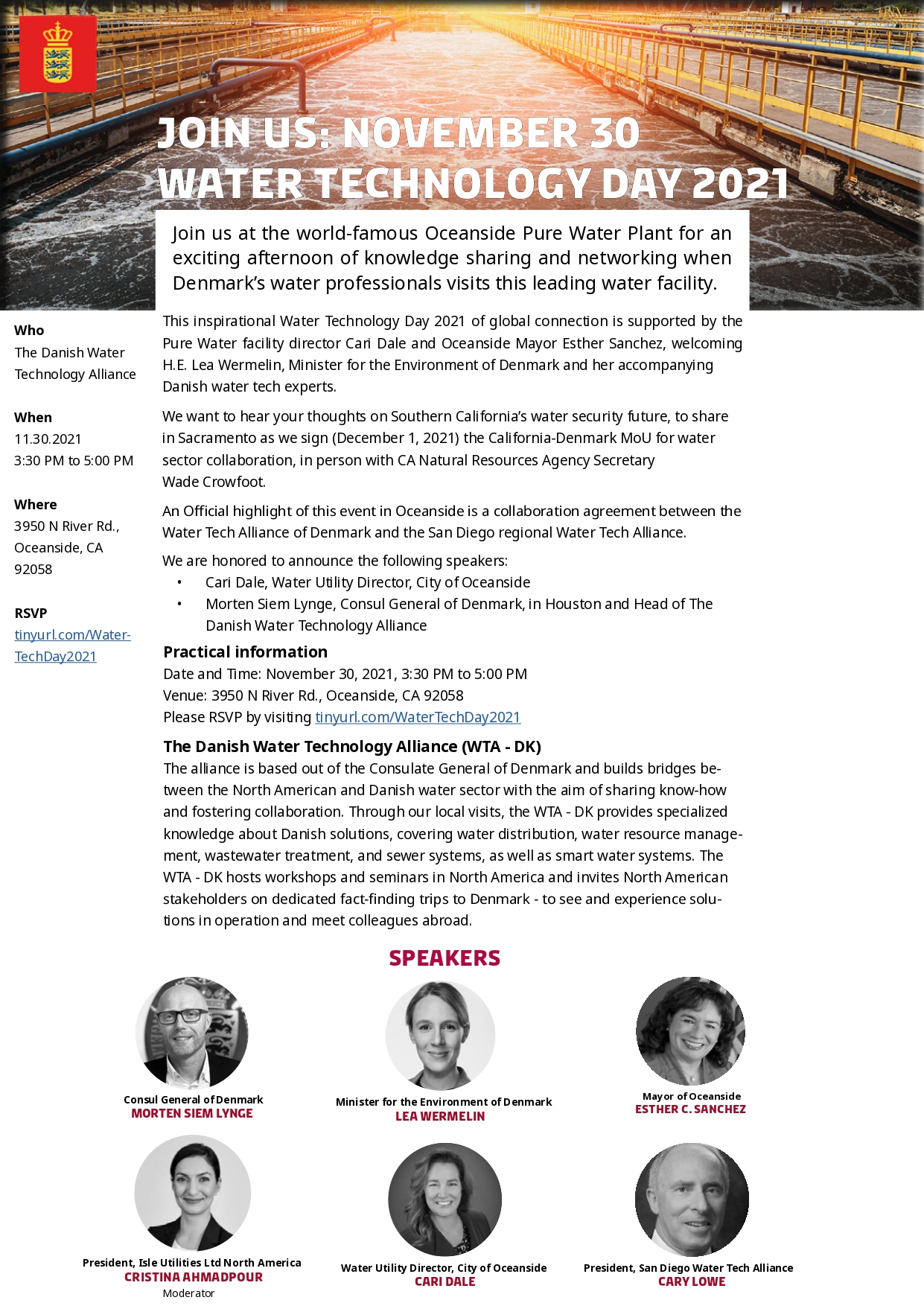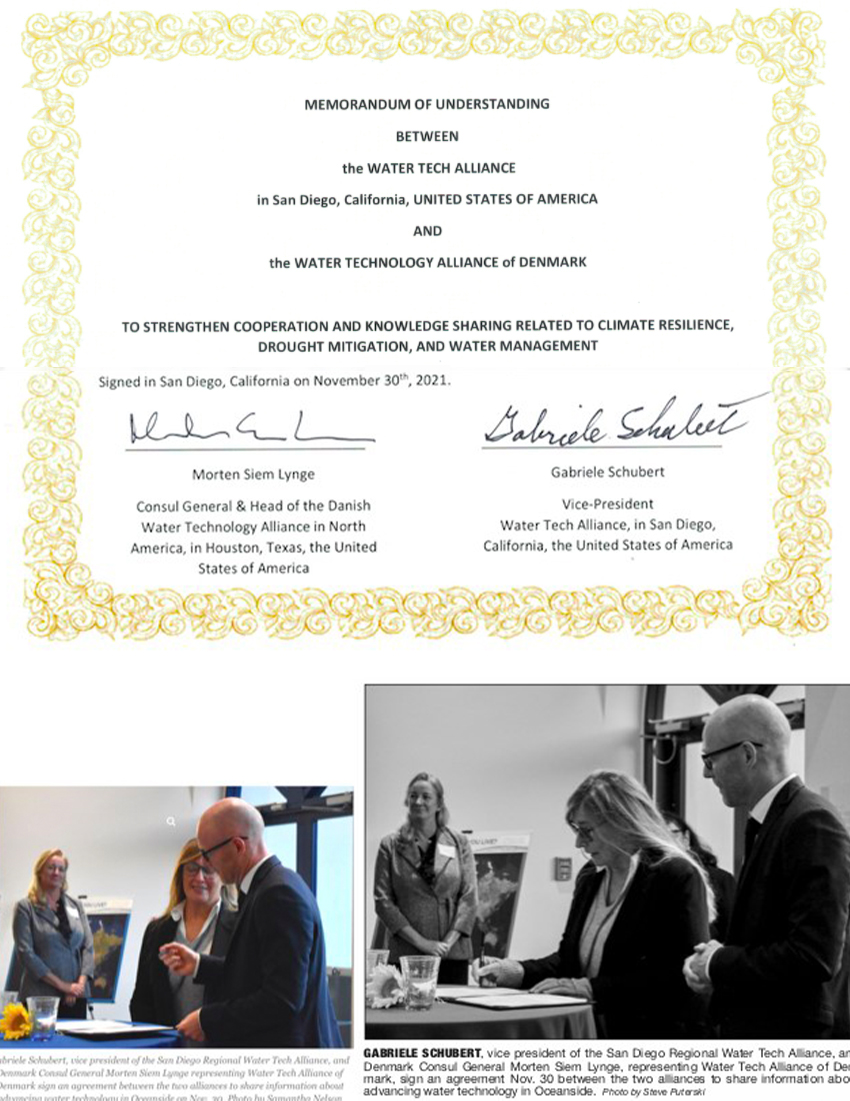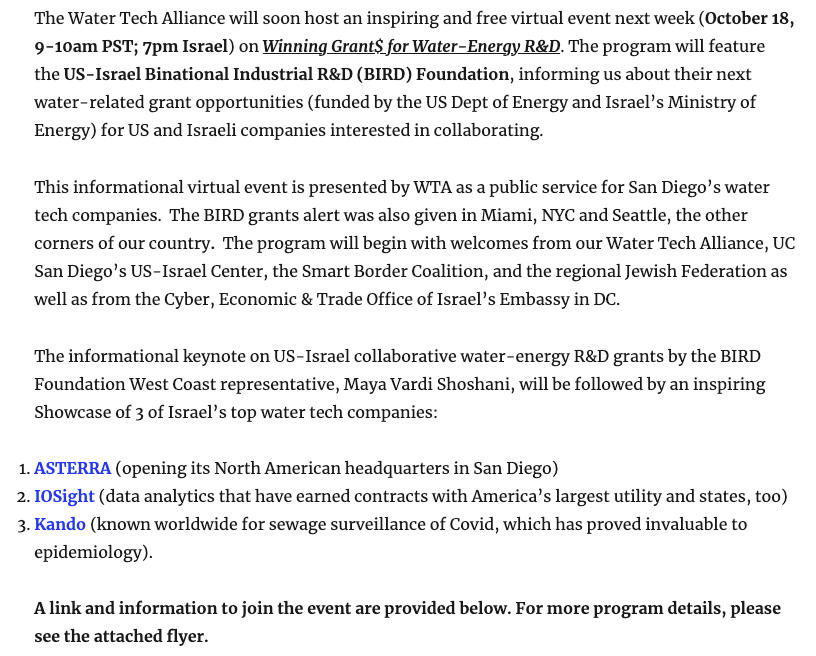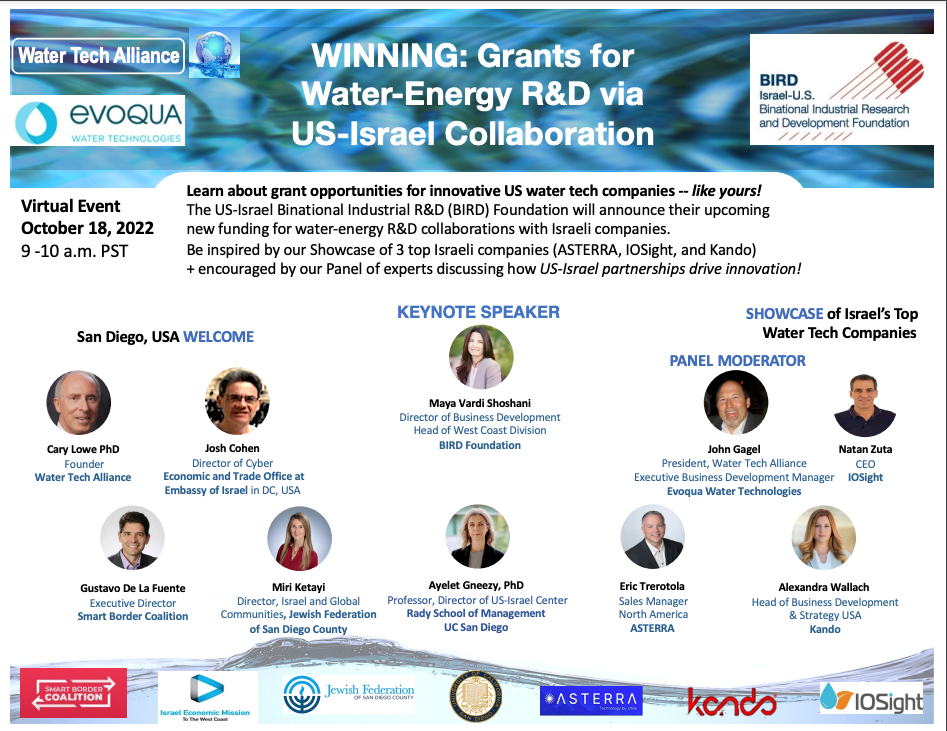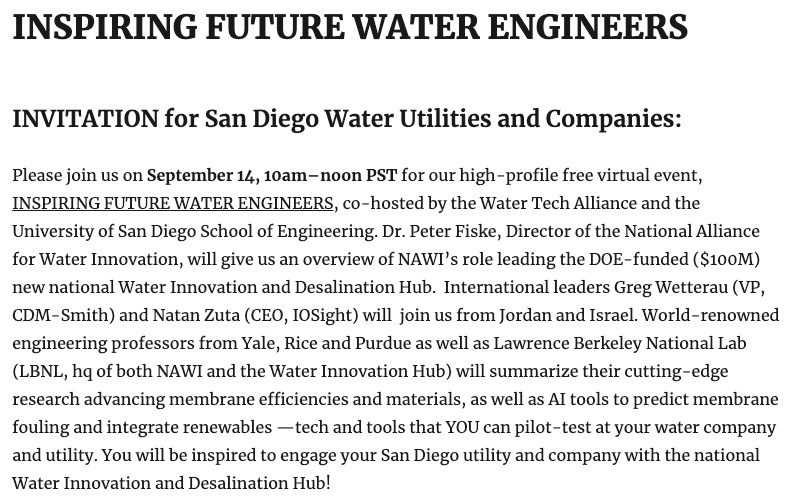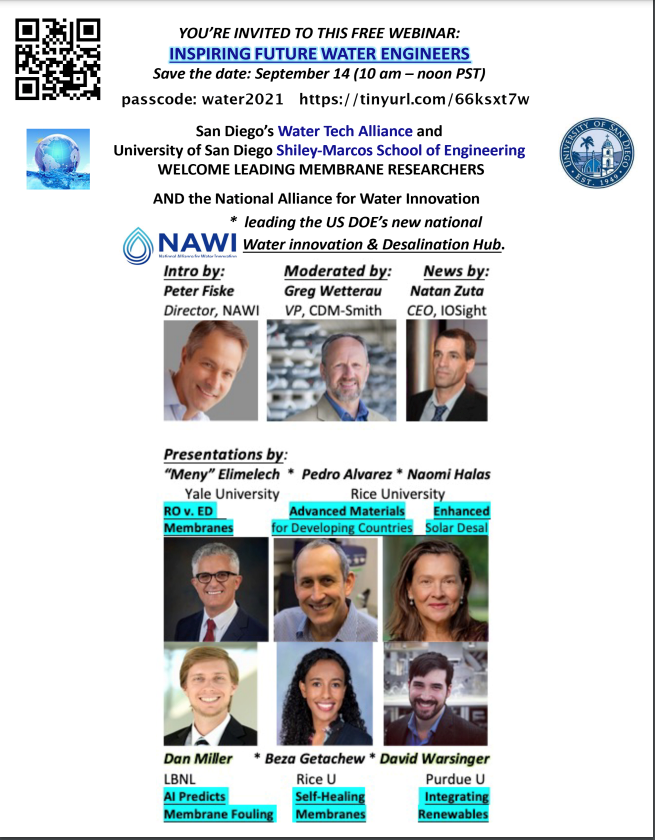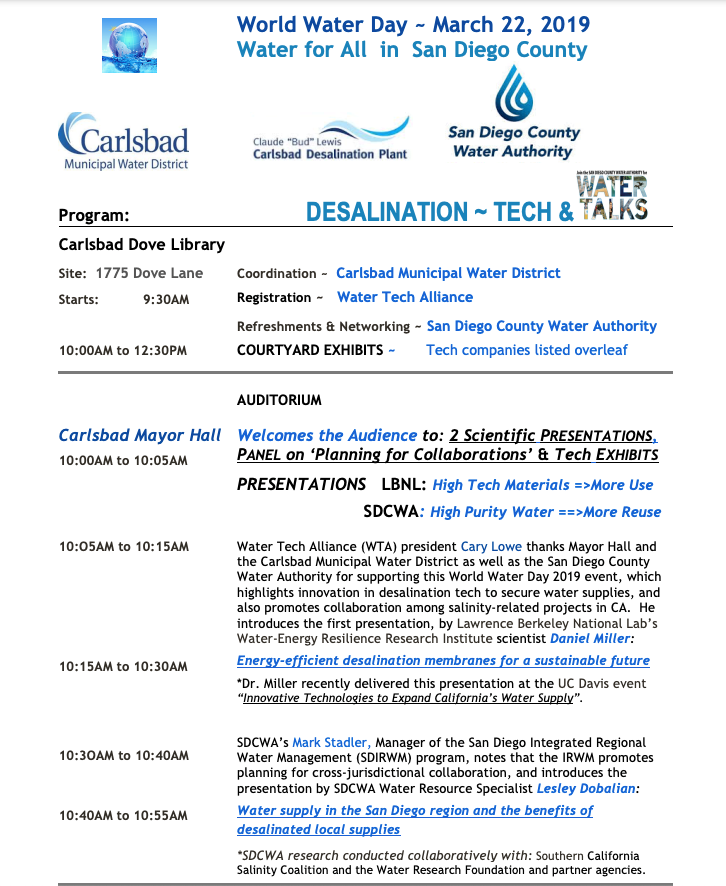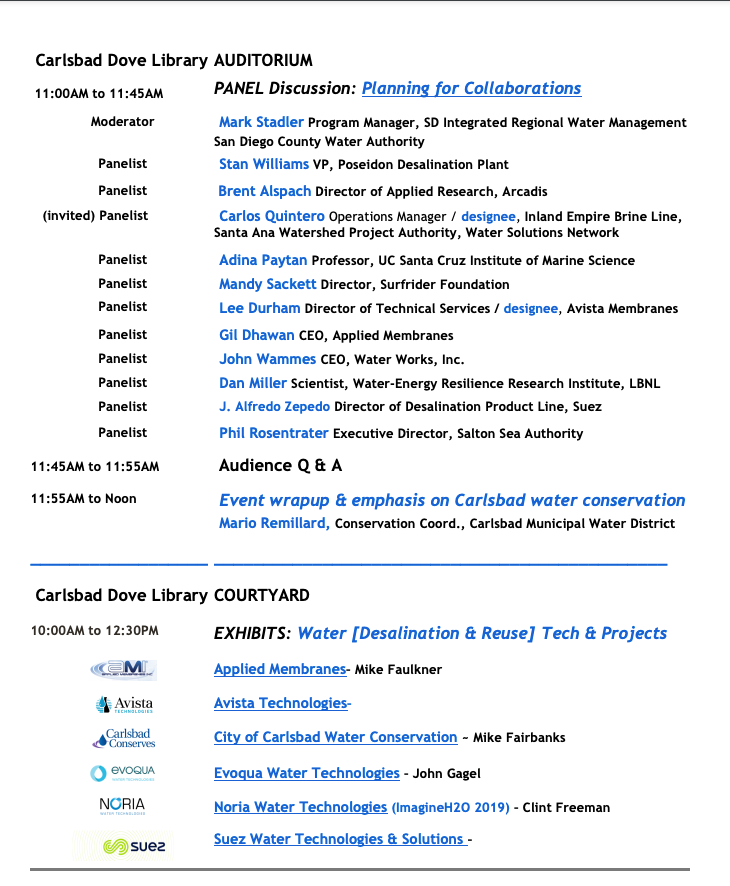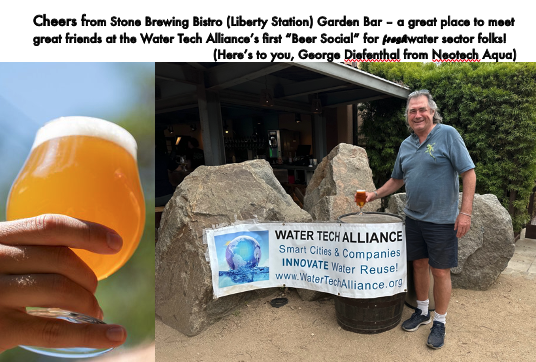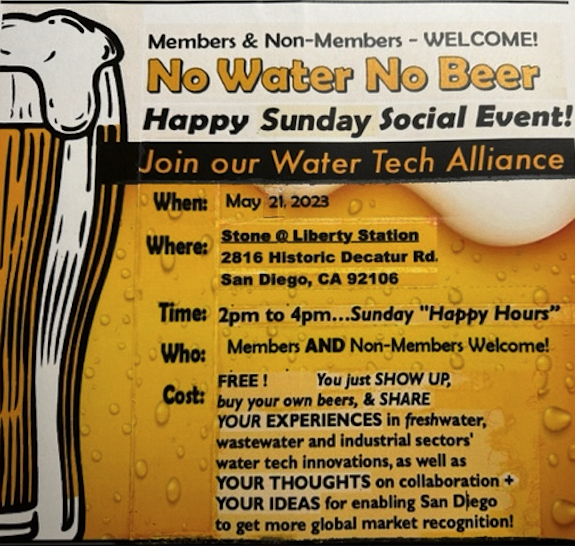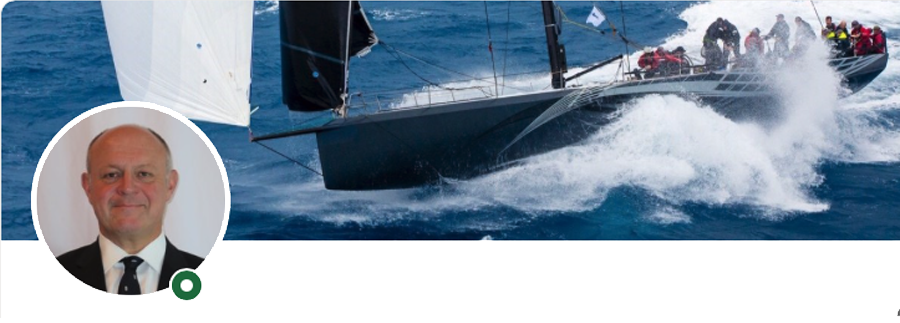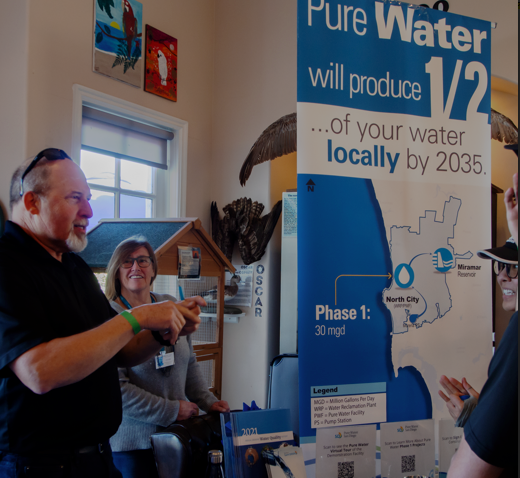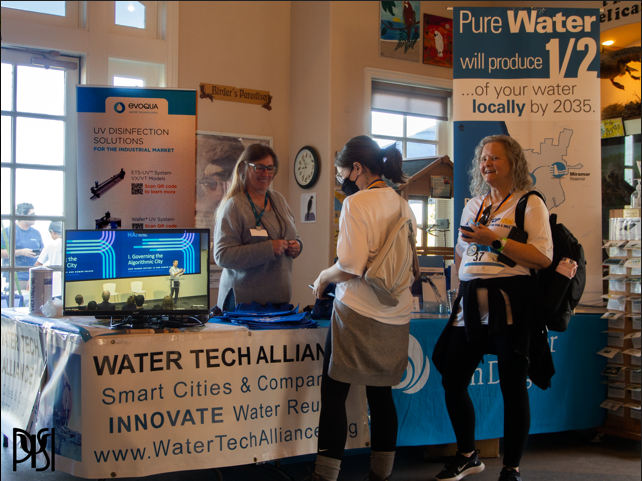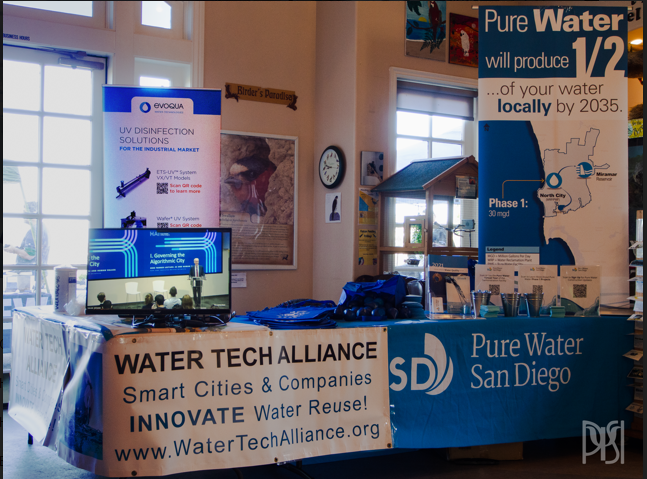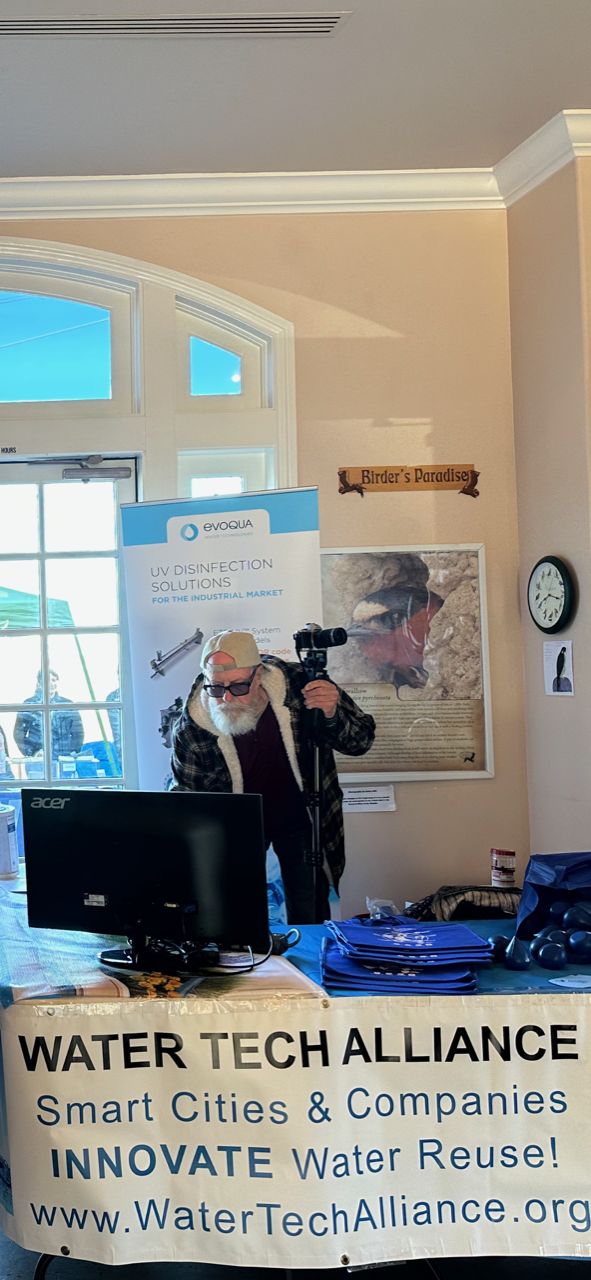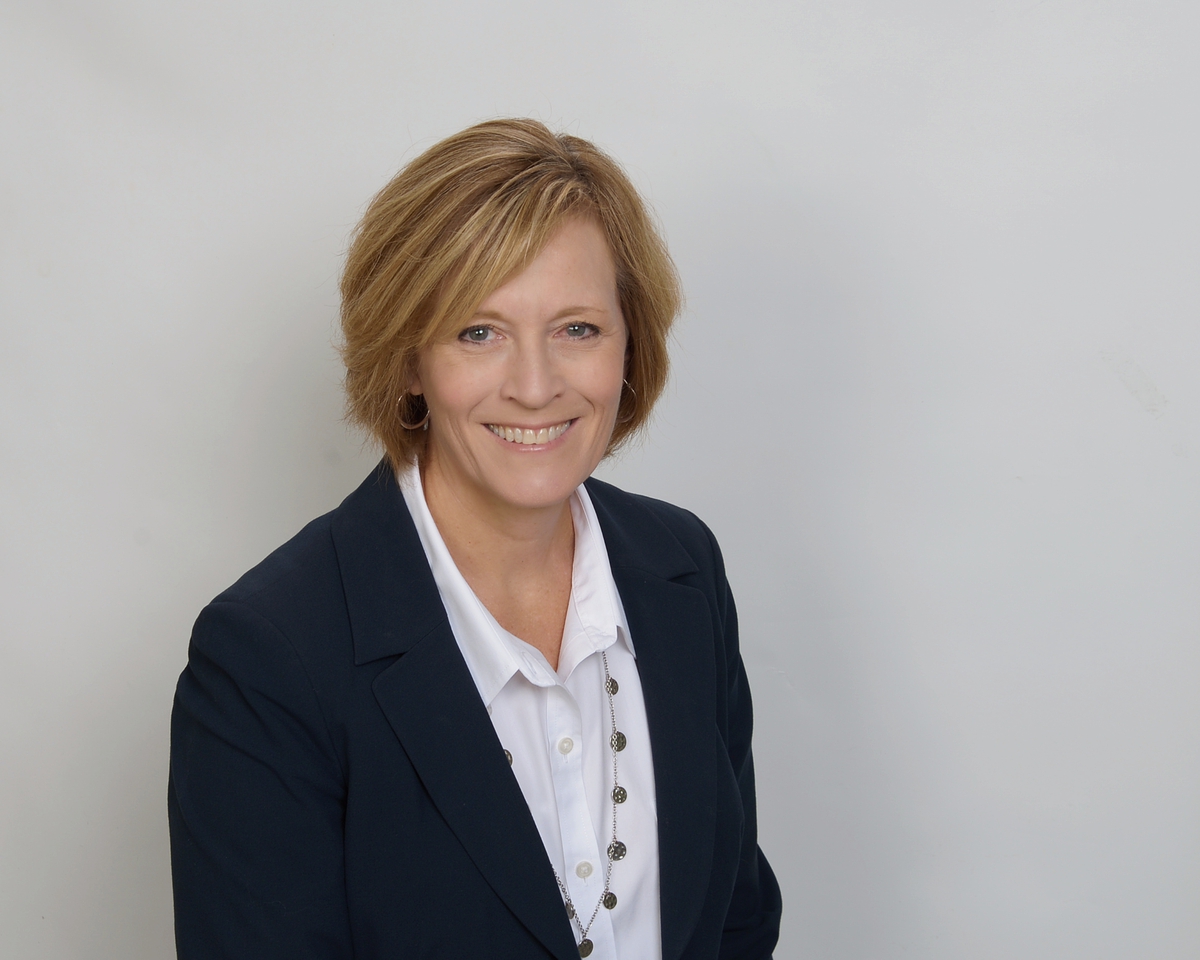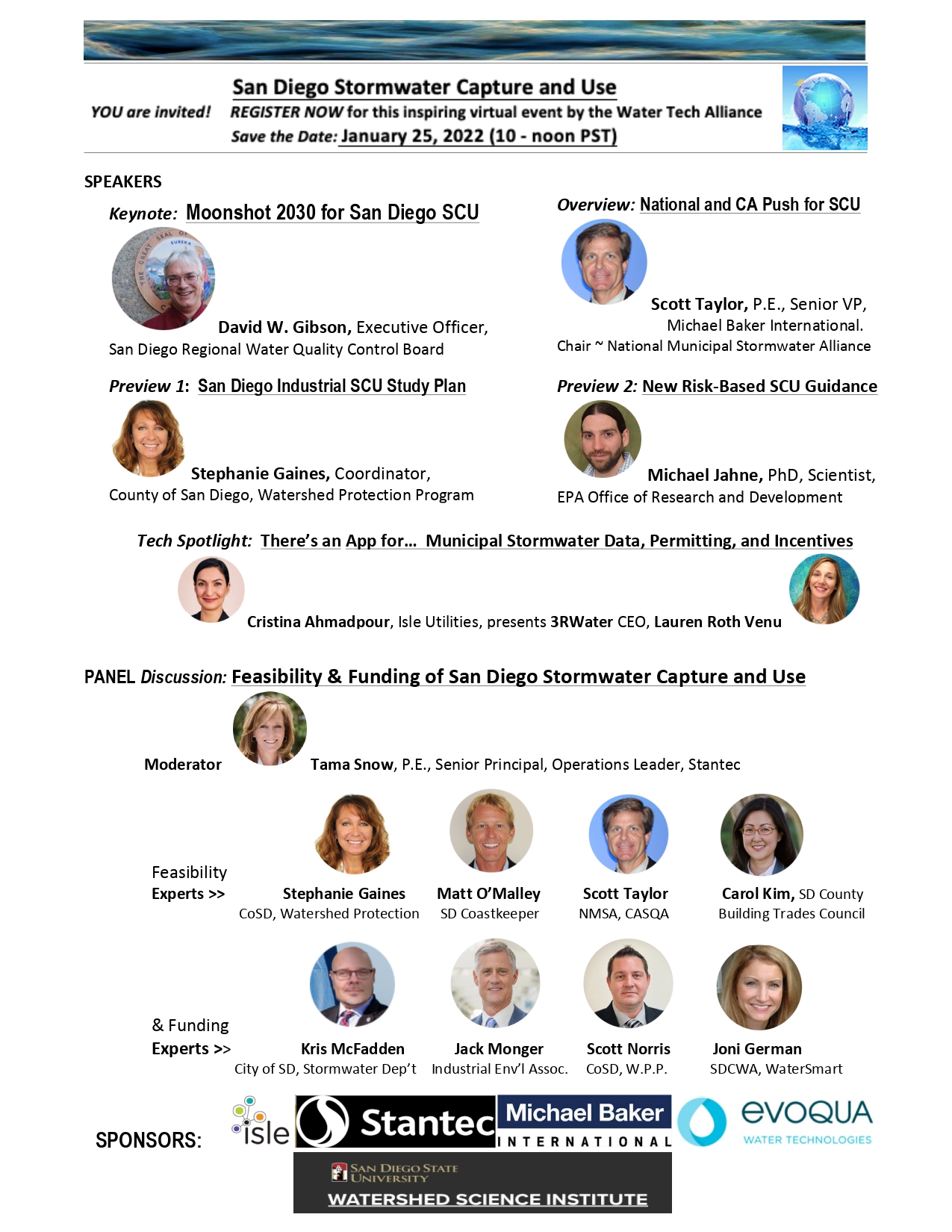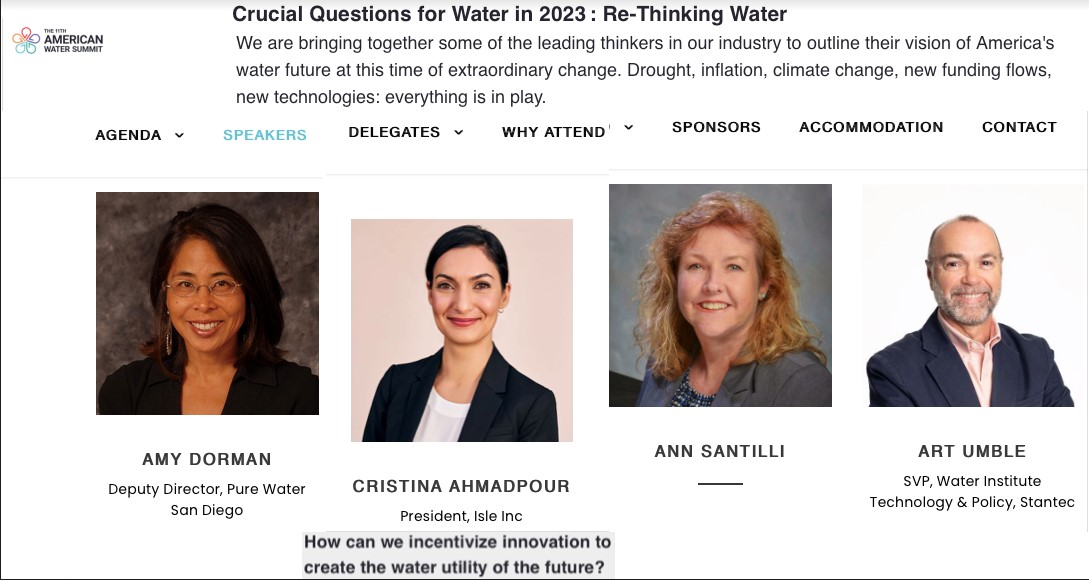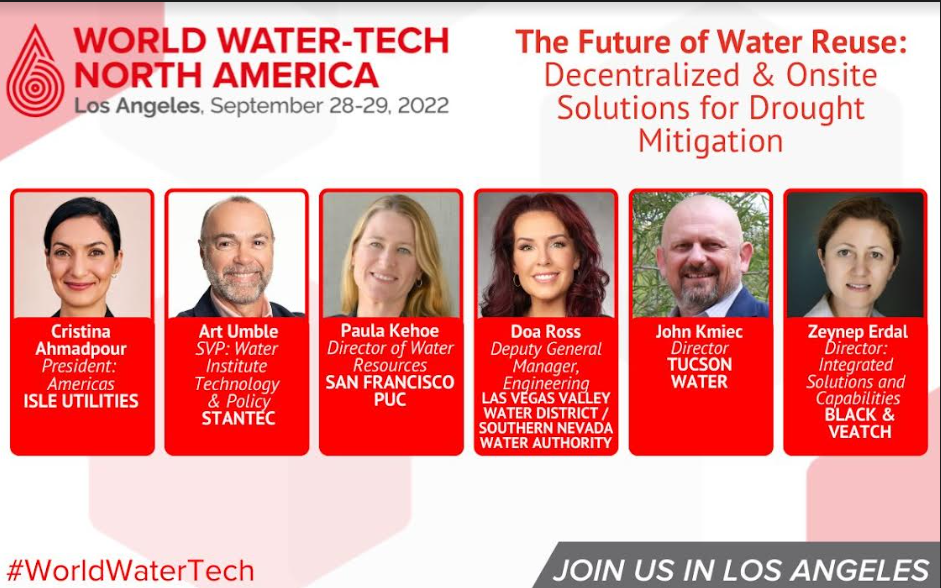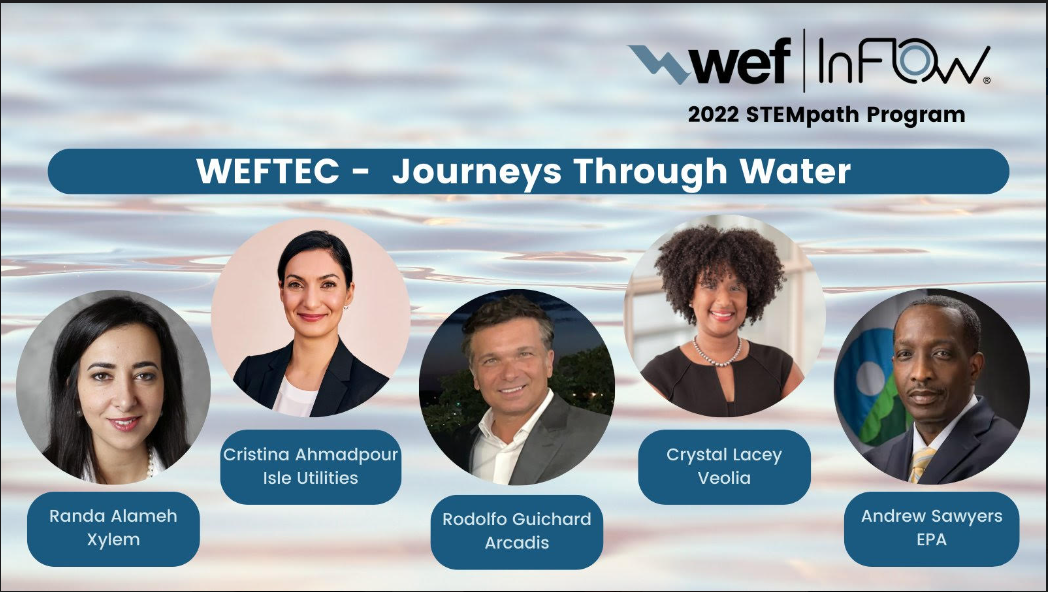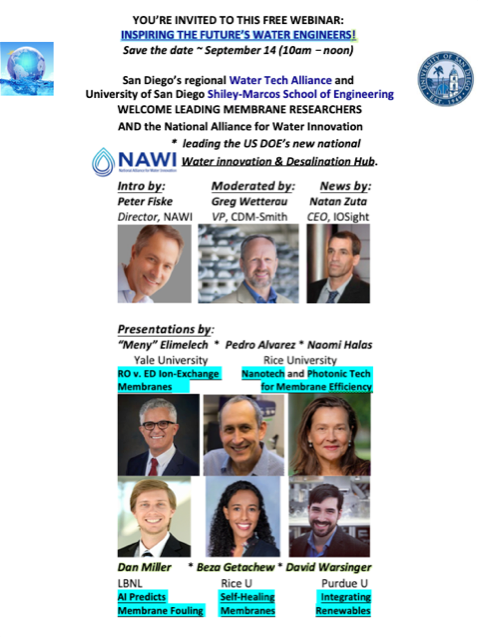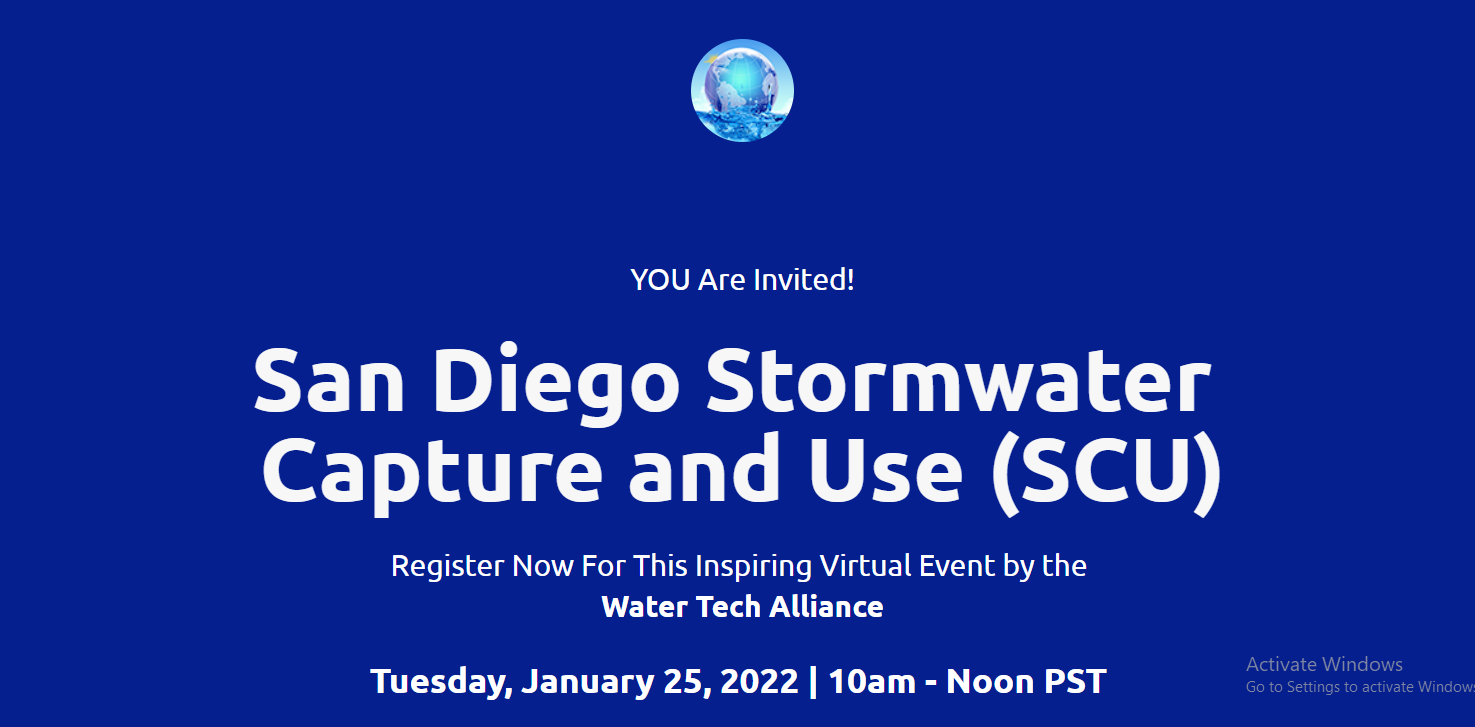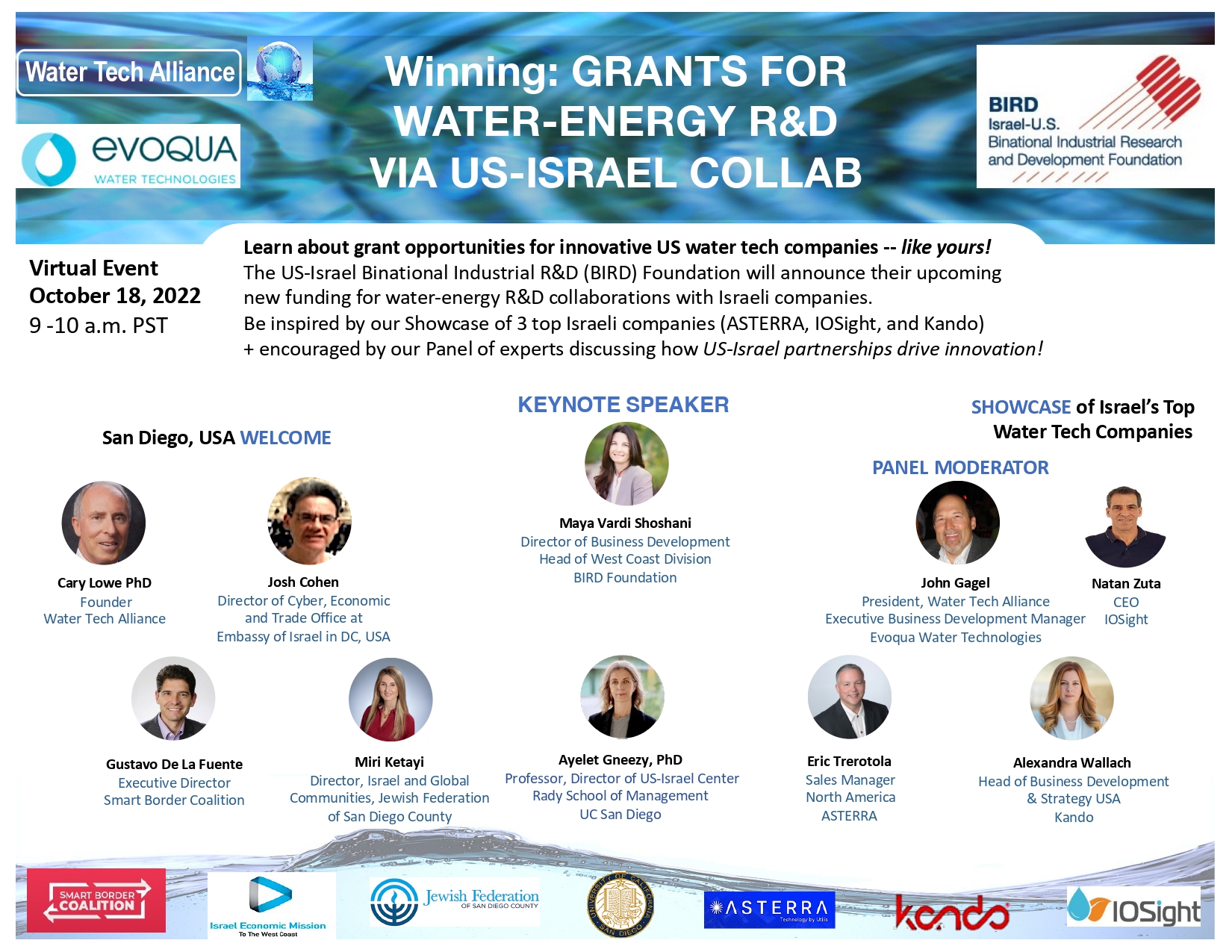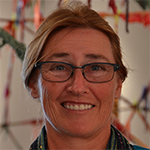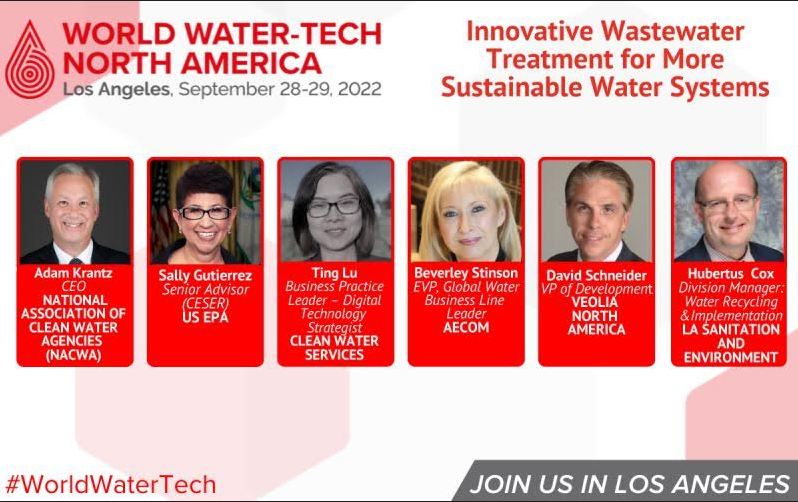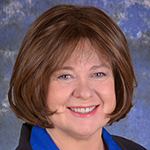A short history of San Diego freshwater resilience and our regional Water Tech Alliance
Sunny San Diego –the USA’s 5th most populous county– gets only 9 inches (23 cm) of rain per year, less than half the average in California. We import freshwater from N. California (2,000 miles to S. CA) and from the Colorado River. Western droughts are reducing California rainfall and reservoir storage to 75% of average.
A decade ago (2013), San Diego had no potable reuse or desalination plants producing high-quality freshwater from seawater and wastewater. Severe droughts in 2010 and 2012 pushed San Diego to become drought-resilient.
Fortunately, in 2013 the San Diego City Council approved the Water Policy Implementation Task Force (chaired by Dr. Cary Lowe, AICP — founder, Water Tech Alliance) recommendations —from urban water conservation (25%) to municipal wastewater treatment for potable reuse. In 2014, Dr. Lowe stood with then-Mayor Faulconer to announce the City Council’s approval of EPA loans to build the PureWater San Diego water reuse plant, which by 2035 will add 83M gallons/day of drinking water (half the City’s daily freshwater use. And in 2015, Dr. Lowe launched the Water Tech Alliance.

Dr. Cary Lowe (L) and (R) Kevin Faulconer
WTA founder; and San Diego Mayor (2014-2020)
San Diego is now winning our freshwater security with drinking water from reliable local resources —seawater and wastewater. Built-in 2015, the San Diego County Water Authority’s Carlsbad Desalination Plant produces 50M gallons of drinking water per day from seawater (10% of the County’s daily needs); and SDCWA’s Advanced Water Purification potable reuse program also ramped up.
WTA showcases regional freshwater resilience projects desalination and reuse and water tech companies at int’l, national, CA (EPA) and local events, to show that “San Diego is the cutting-edge of innovation” per Joaquin Esquivel (below R). San Diego is now known as the “RO Coast” because filtration depends on spiral-bound reverse osmosis (RO) membranes pioneered here and sold globally.
Carlsbad’s mayor and SDCWA hosted a WTA event on RO; Oceanside’s mayor hosted WTA signing a MOU with Denmark; and the 2023 World Water Day Festival in Carlsbad hosted a WTA exhibit of Pure Water San Diego –for a few examples.

known as ‘The RO
Membrane Coast”!
- Carlsbad Desalination Plant (2015)
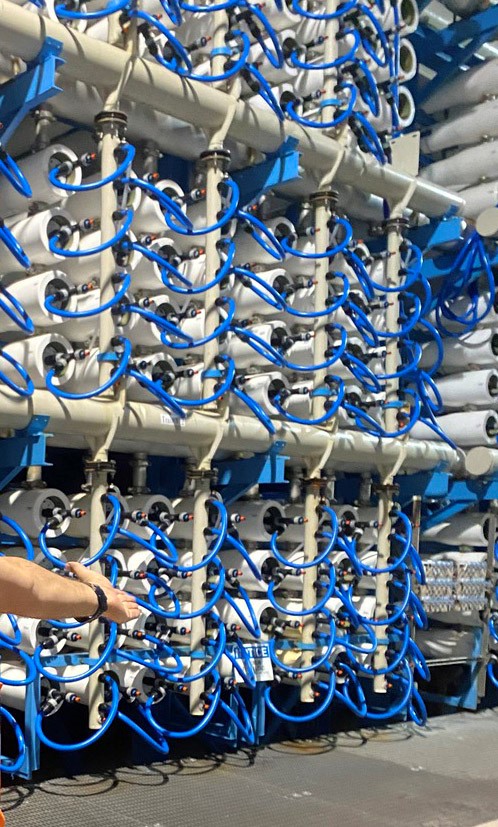
- Oceanside Pure Water Plant (2022)
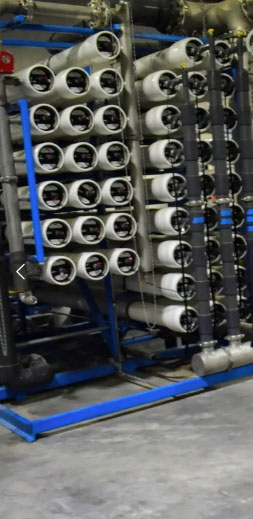
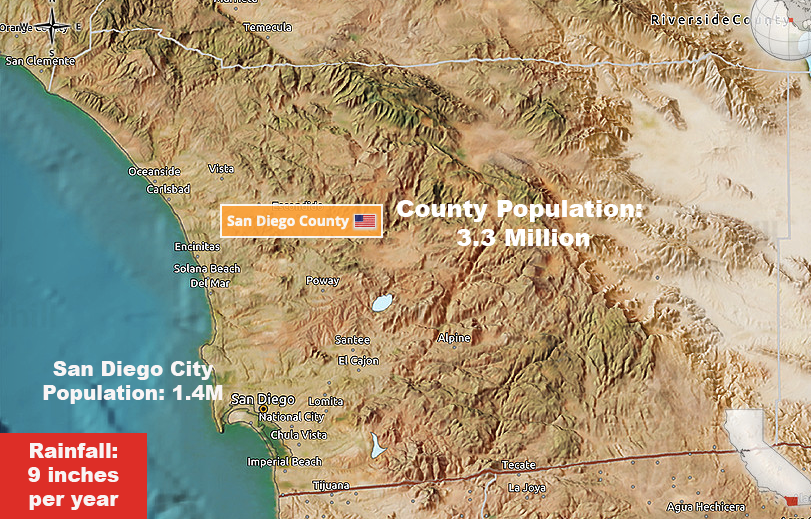
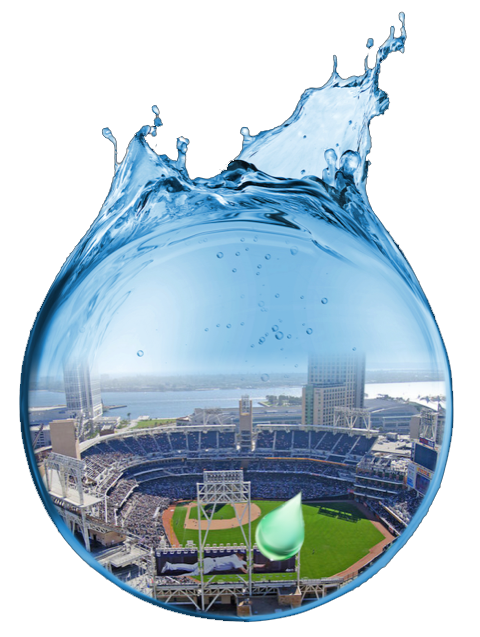
Nonpotable reuse came first. In the late 1950s, San Diego County began recycling treated wastewater to fill East County recreational lakes. In the 1990s, regional water utilities built 200 miles of purple pipes to supply this recycled water to irrigate campuses, golf greens, fields and parks —like Petco Park in downtown.
Since 2015, San Diego Padres’ Petco Park keeps outfields green with recycled water; cutting costs for water, energy and operations with Qualcomm’s Intelligent Solutions for “Smart Cities, Smart Water”, we learned when Qualcomm hosted our Water Tech Alliance.
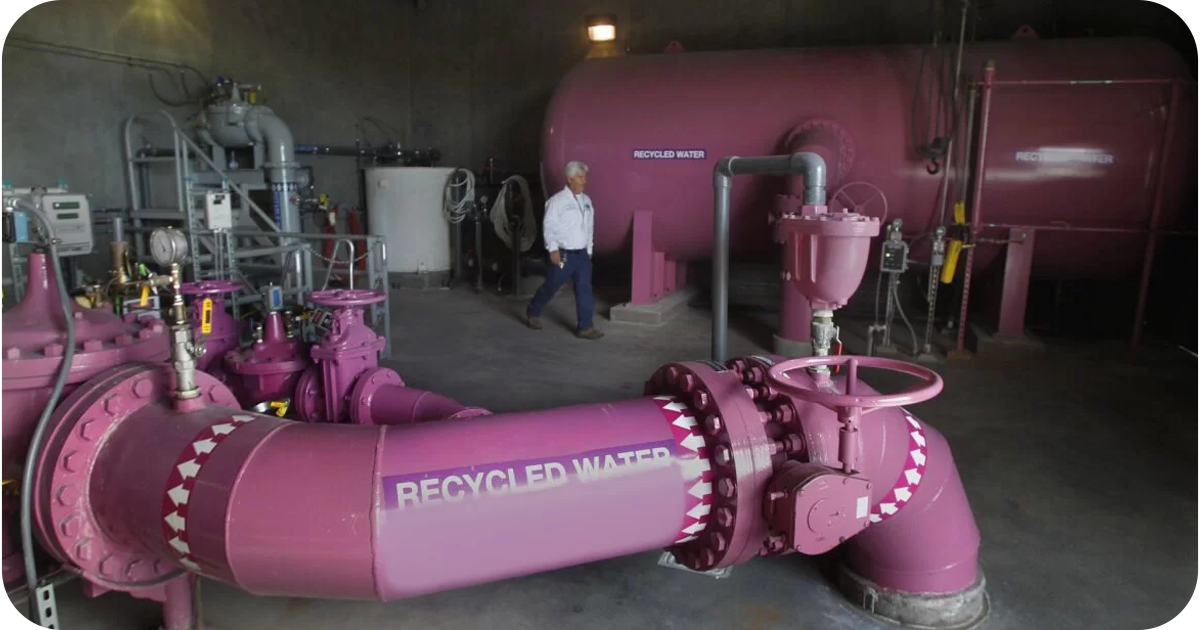
Qualcomm hosted our Water Tech Alliance’s “Smart Cities, Smart Water” event (led by WTA founder Cary Lowe) on their own smart campus, which uses artificial intelligence to control recycled water irrigation, as at Petco Park. Potable reuse was presented by John Helminski, the first director of Pure Water San Diego (now with WSP).


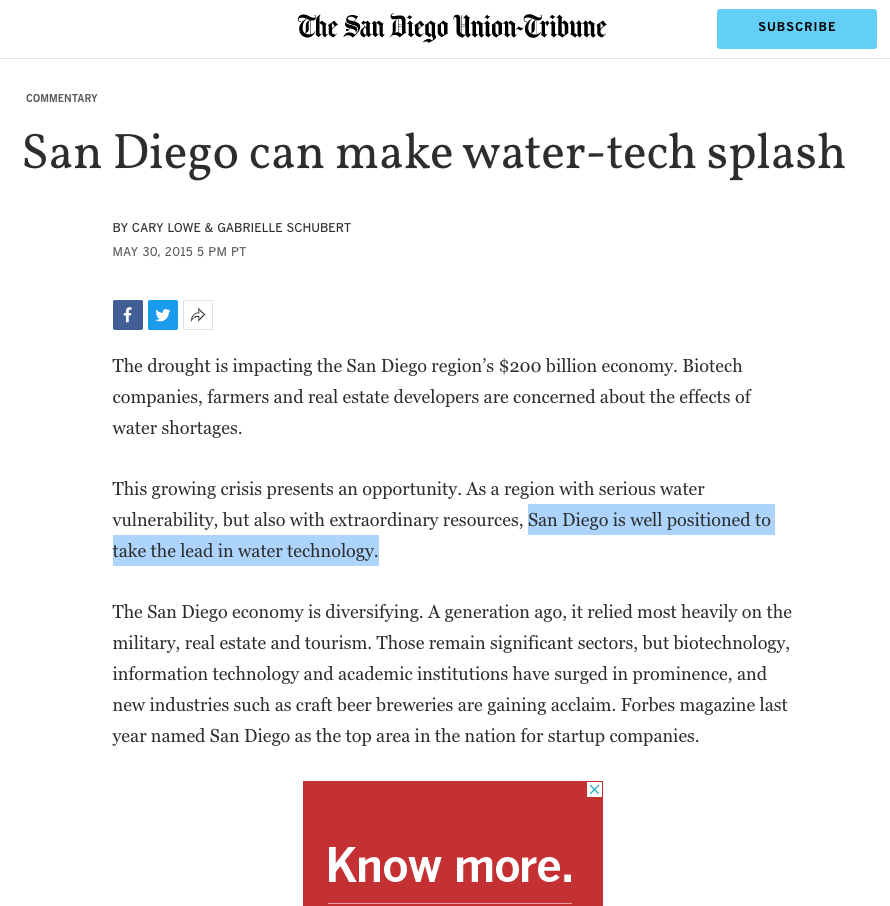
In 2015, Dr. Lowe urged “Global Smart City” San Diego (1 of 4 cities in the world so-named by National Geographic due to Qualcomm and biotech) to also “make a splash” as a national center of freshwater tech innovation, “beginning with an informational and promotional network” among the 300+ innovative companies in the freshwater and wastewater industry sectors, which he clearly distinguished from San Diego’s well-known maritime sectors:
San Diego’s WTA has done just that since 2015. WTA engages water utilities and locally-based companies –small (AquaCycl and large (Xylem)— to talk about their freshwater tech innovations. Biological treatment and broadband data platforms are among a broad range of topics presented at WTA meetings, drawing up to 150 people per event (in-person at SDG&E Innovation Center; and virtually ~ the Stormwater event below).


Water necessity is the “Mother of Invention” here in San Diego.
Innovative engineers work with local –and global— fresh water utilities to design desalination and water reuse projects with high-tech membranes and disinfection. Produced water quality is tightly controlled and exceeds all drinking water standards plus imported water quality.
Smart tools (meters; sensors; even surveillance from space) enable San Diego water managers to track usage, leaks, contaminants, and groundwater.Predictive analytics improve projects’ cost-effective operation and maintenance, enabling San Diego to achieve water sustainability and exemplary resilience to a drying climate in the Southwest USA.
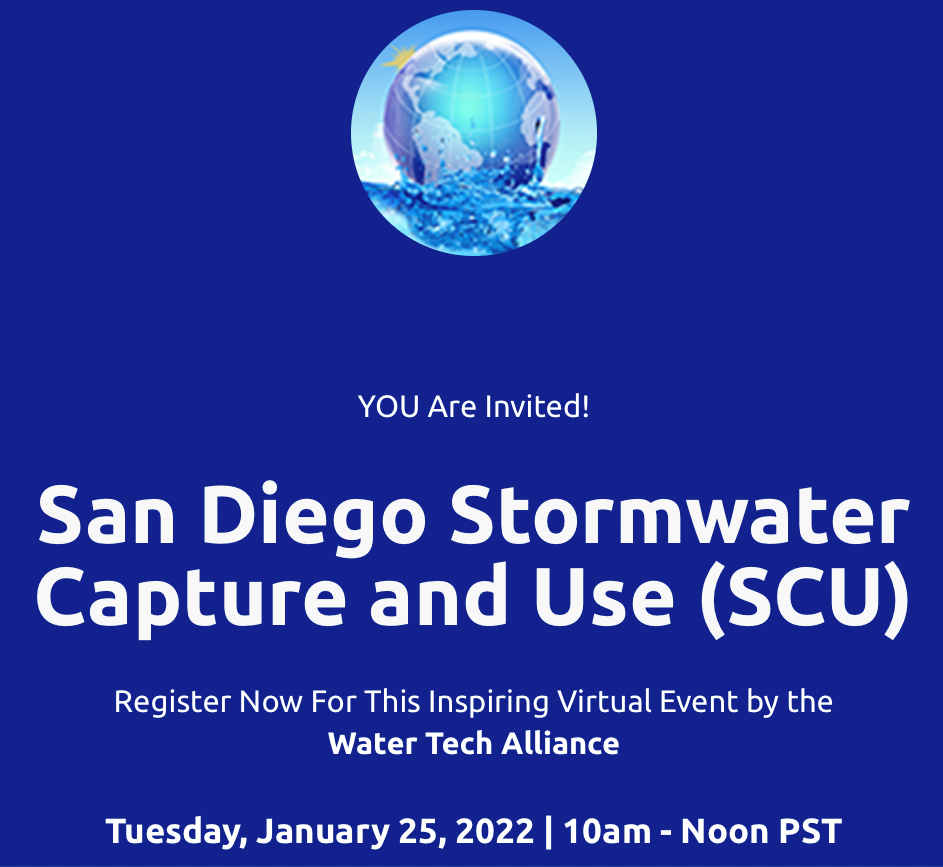
Stormwater reuse is the next “Moonshot 2035” for San Diego’s “Water Tech Innovation Zone” as our Water Tech Alliance highlighted in a recent webinar (with 150 attendees online). Along with centralized water and wastewater treatment, the future also holds great promise for onsite reuse of industrial waters, utilizing innovative water tech (such as ultra-fine filtration and low-energy UV disinfection) to produce fit-for-purpose water qualities from pure to ultra-pure, used in biotech and cellular/chip manufacturing.
WTA encourages industrial water reuse by the huge manufacturing sector in our San Diego-Tijuana cross-border “Economic MegaRegion” (the 7th largest in the world); and WTA expects that our megaregion’s freshwater expertise will be recognized globally as the Singapore of the West, with an International Water Week, too.



